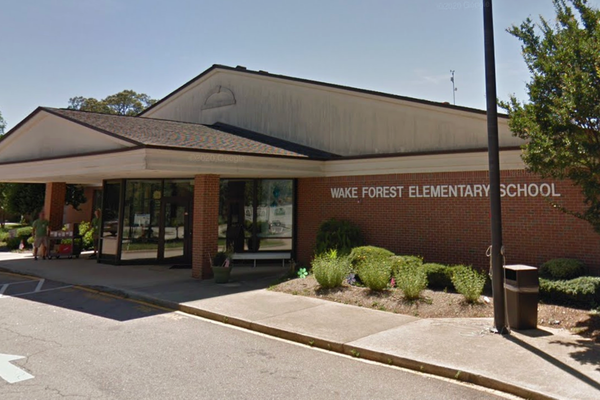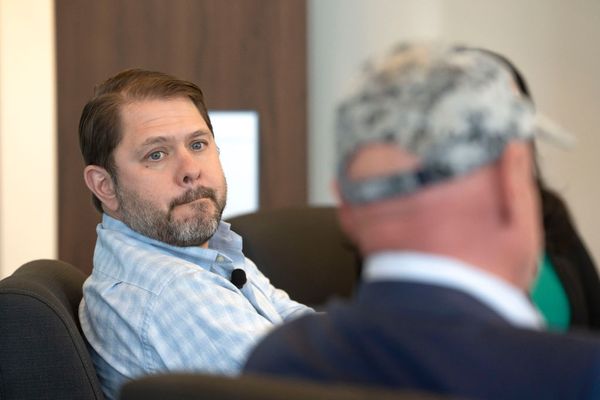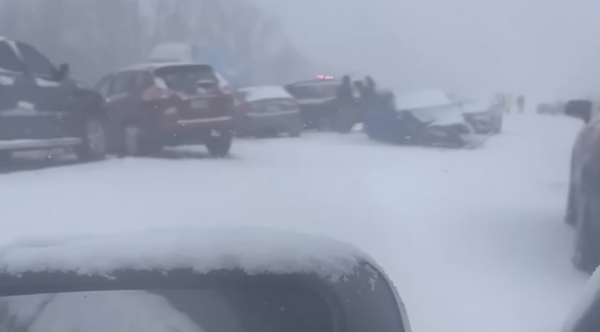Edgy timing doesn’t even begin to cover this one. Just days before (on September 8th) MotoE announced it would be going on hiatus after the 2025 season, Ducati rolled out its brand-new V21L, the first motorcycle in the world to run on a solid-state battery. Not only that, but it also became the first Volkswagen Group vehicle to do so.
On one hand, Ducati’s reveal at IAA Mobility in Munich was a thunderclap moment—proof that solid-state battery tech wasn’t just a PowerPoint dream anymore, it was real, track-ready, and capable of reshaping the conversation around electric motorcycles. And then, whiplash: MotoE, the very series designed to showcase exactly this kind of innovation, said it was stepping away from the grid.
The official line from organizers wasn’t sugar-coated. FIM President Jorge Viegas admitted that “despite all the best efforts…we haven’t reached our objectives, nor has the industry associated with performance electric bikes.” Dorna CEO Carmelo Ezpeleta added, “We continuously strive for innovation…but must be equally unafraid of listening to our fanbase…and observe market development.”
Translation? The racing was fine, the bikes were quick, but the fan response never reached escape velocity. After seven seasons, the series couldn’t build the traction it needed.
That leaves Ducati in an awkward spot.

You don’t just slap together a bike like the V21L overnight—solid-state lithium-metal batteries take years of development, collaboration with companies like QuantumScape and PowerCo, and testing that costs as much as a small fleet of Panigales. Once that train left the station, it wasn’t stopping. So did Ducati know the MotoE writing was on the wall? Probably not. Was the project too far along to pause, even if they had? Absolutely.
That’s the strange irony. Ducati now has one of the most advanced electric motorcycles ever made, a bike capable of charging from ten to eighty percent in just over twelve minutes, delivering race-level power without fading, and handling sharper thanks to a lighter, more compact battery pack. But the championship that would’ve been its proving ground—the stage where manufacturers usually cut their teeth and silence skeptics—is gone, at least for now. Testing will have to happen elsewhere, in private sessions, special events, or maybe even Ducati-run showcases. None of that carries the same weight as a world championship trophy, though.
It also raises bigger questions about the future of electrification in motorsports. MotoE’s hiatus makes it clear that EV racing hasn’t won over fans the way organizers hoped. Races were short, lap times comparable to Moto3, and while the bikes were undeniably impressive, the series lacked the visceral pull that fuels MotoGP, WSBK, or even Moto3. At the same time, Dorna is still charging toward its 2027 mandate of 100 percent non-fossil MotoGP fuels—proof that innovation is alive and well, just maybe not in the electric lane.
For the EV market, it’s a reality check. Racing has always been both a laboratory and a marketing machine. Without MotoE, the momentum behind electric motorcycles risks slowing. But Ducati’s V21L cuts through that cynicism: even if the grandstand is empty, the garage lights are still on. Manufacturers are pushing forward, whether the fans are ready or not.

And that’s where the story gets interesting. Maybe MotoE’s break gives everyone a chance to breathe, to let the tech mature outside of the spotlight until it can deliver something both thrilling and sustainable. Or maybe it signals that electrification, at least in two-wheeled motorsports, isn’t the straight-line revolution some predicted. Either way, Ducati just proved solid-state is real, it’s here, and it’s coming whether the green flag drops or not.
So yeah—what the f? A championship vanishes just as one of the most radical electric bikes rolls out of the garage. If nothing else, it’s proof that motorsports still knows how to surprise us.








